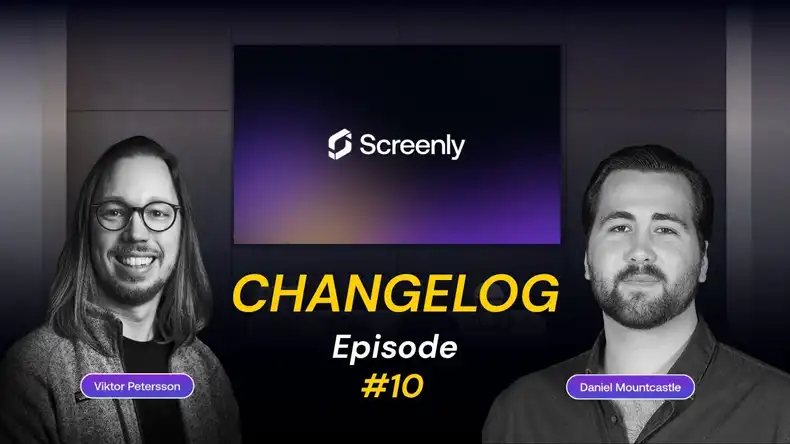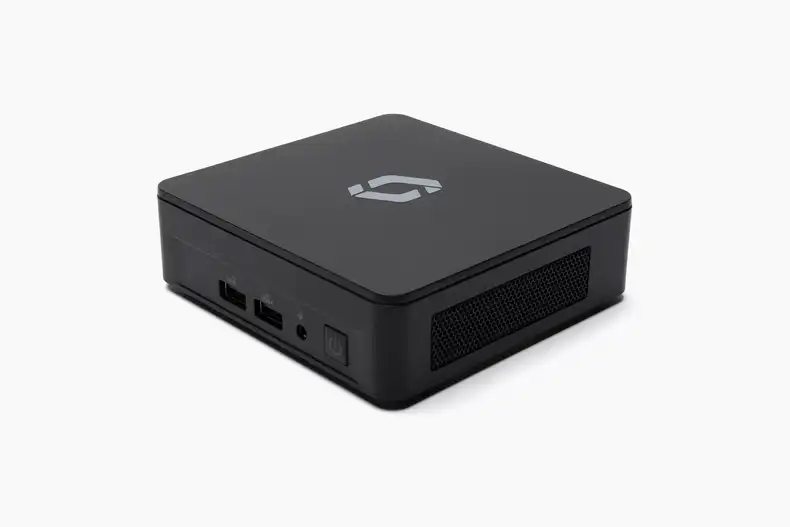Screenly originally started as our founders’ side project with the Raspberry Pi, and that project, Screenly OSE, has since grown to become the most popular open source digital signage solution on GitHub. While Screenly has evolved into a commercial digital signage company since that original project, we love our open source community, and we are committed to providing the best open source digital signage available. For those who are unaware of what “open source” means, it is simply a term to describe free software that is “open” to the public. Anyone can access, use, or modify this software as they please.
We’re always learning from user feedback and improving Screenly OSE, and we’re proud to announce that we recently released Screenly OSE v0.17. In this post, we’ll detail the exciting new features from this latest build.
What’s new with Screenly OSE v0.17
Screenly OSE v0.17 has two main categories of updates: (1) improvements to the user interface and (2) improvements to the software’s technical usability. Improvements to the user interface include:
-
Redesigned hotspot and splash pages: The hotspot page now shows the IP address for the device and allows users to more easily configure their WiFi connectivity. We previously had IPv6 displayed on the splash page, however, users were having trouble connecting to the admin web interface. As a result, we are now displaying IPv4 information on the splash page.
-
More detailed asset endpoints: Assets endpoints now show on the user interface, which allows users to determine remotely what content is displayed on their screen. This is useful when a user’s digital sign may be in a different area from them in their business office or facility.
-
Additional information on the system info page: Users can now view their Raspberry Pi model, Screenly OSE software version, and MAC address on the system info page. This was a direct request from our users, and it is important as it allows users to view relevant information without a direct connection to the device.
-
Perfect Paper Password is now used on the hotspot page: Perfect Paper Password is now implemented, and it generates more readable passwords for WiFi setup that are easier to use.
-
Large asset names are now truncated: Previously, asset names were too large to work with efficiently, as they were a large string of file path information and other attributes. Large asset names are now truncated, and they are now much easier to deal with.
-
Extended character names: Previously, you could not upload files with certain characters or symbols (e.g. æ, ø and å). This issue is now resolved.
While the above changes improved the user interface, i.e. what the user sees and how they interact with the software, we also released a variety of technical usability improvements. These technical changes improve the functionality and performance of Screenly OSE:
-
Optimized usability for large asset counts: Previously, users were running into issues when they attempted to load and save a large number of assets. Additionally, large asset collections could not be downloaded previously, as the user would experience a timeout error. These issues have since been fixed, and users can now work with hundreds of assets at a time.
-
Improved WiFi connection and WiFi reset process: Users were having trouble resetting WiFi connections and changing WiFi connections when the device was moved to a new location. We improved this process for a more hassle-free and intuitive WiFi connection experience.
-
Backup authentication is now implemented: Screenly OSE backups now use authentication for improved security. Previously, if a user installed Basic authentication, anyone could download a backup without a login and password. This vulnerability has been patched.
We’re proud of our recent release, and we know that these updates and improvements will greatly enhance the digital signage experience of our open source community. As always, let us know if you have feature requests of your own! We base our open source development work off of user requests, so remember that the squeaky wheel gets the grease!
How to get stated with Screenly OSE
Screenly OSE is available to the public for free, and you can download Screenly OSE on GitHub. You will also need a Raspberry Pi digital signage player. After downloading the Screenly OSE disk image on GitHub, you will need to flash this disk image to an SD or microSD card that is compatible with your Raspberry Pi model. This instructional video walks you through the process on how to flash the disk image. Additionally, you can find detailed instructions for the entire Screenly OSE setup process here.
The difference between Screenly OSE and paid Screenly software
Before you go, note that Screenly offers a paid digital signage software solution. The paid version of Screenly, of course, has more features than Screenly OSE, as the paid version is supported by a full-time development team. However, Screenly OSE can certainly get the job done for single screen deployments. Your choice of Screenly software really depends on your individual situation and needs, and you can find a great comparison of these two software types in our article: “The Layman’s Guide - Screenly OSE vs. Paid Screenly Software.”





